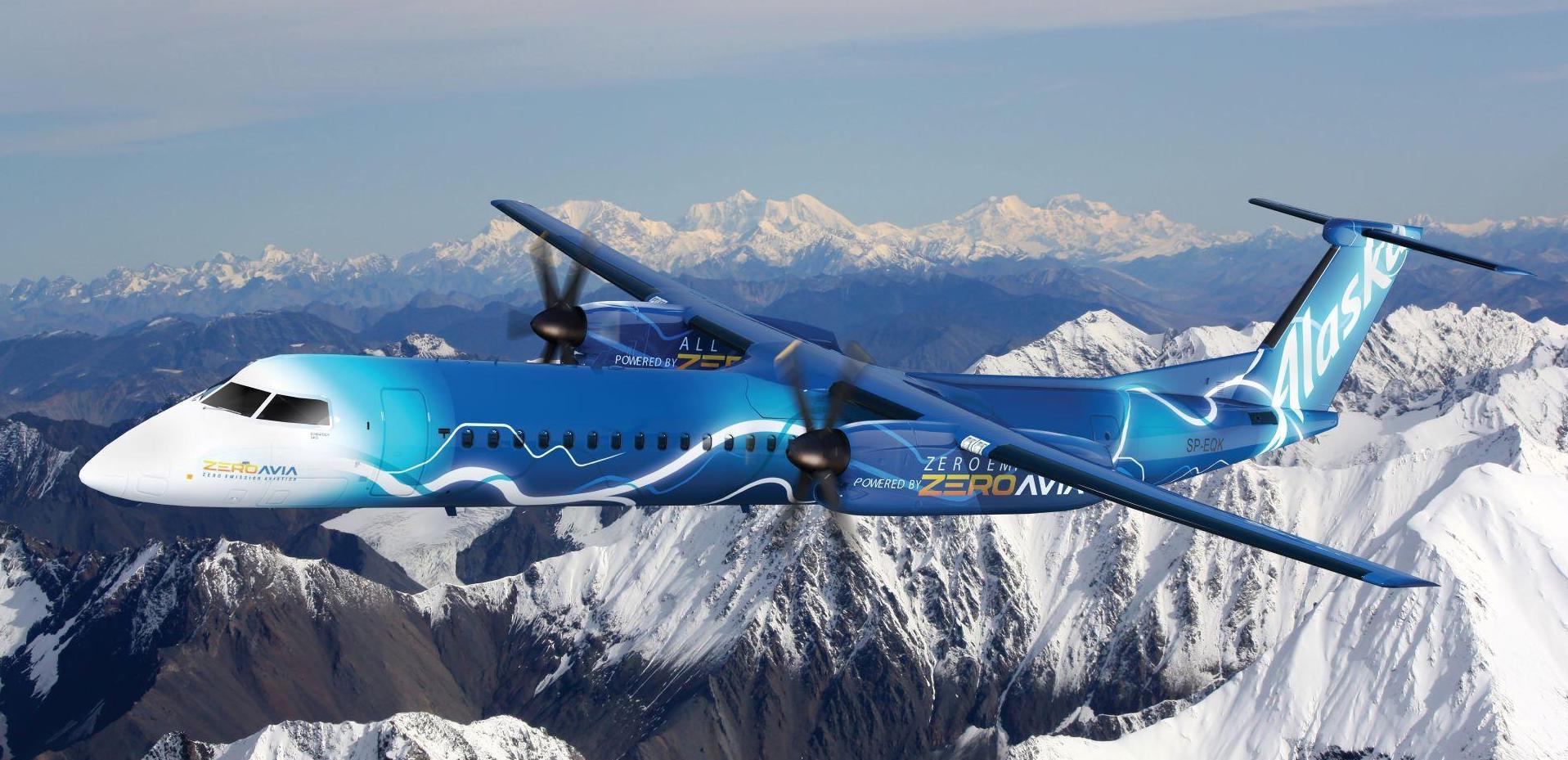
Credit: ZeroAvia
DALLAS—Alaska Airlines and United Airlines, which both plan to be early adopters of electric aircraft, have given more details about how the new generation of advanced air mobility (AAM) vehicles will likely be integrated into their operating networks. Alaska has partnered with UK-based ZeroAvia to...
Subscription Required
This content requires a subscription to one of the Aviation Week Intelligence Network (AWIN) bundles.
Schedule a demo today to find out how you can access this content and similar content related to your area of the global aviation industry.
Already an AWIN subscriber? Login
Did you know? Aviation Week has won top honors multiple times in the Jesse H. Neal National Business Journalism Awards, the business-to-business media equivalent of the Pulitzer Prizes.



